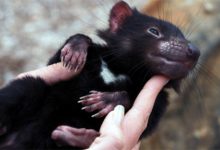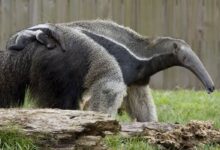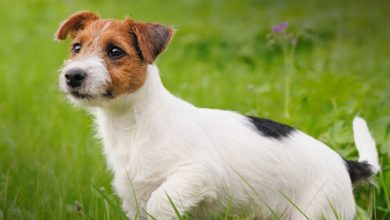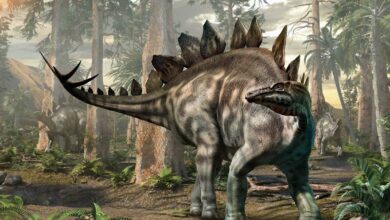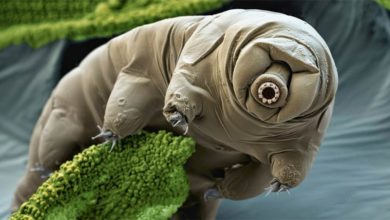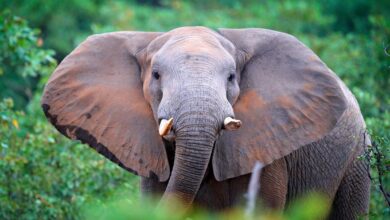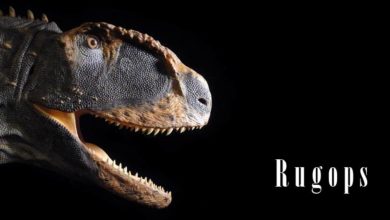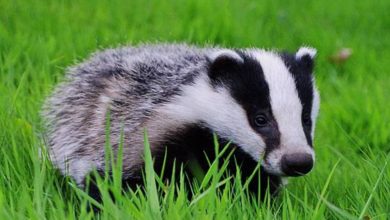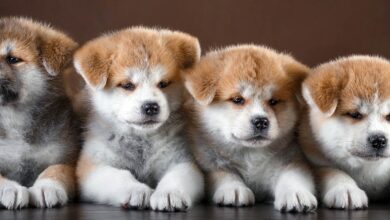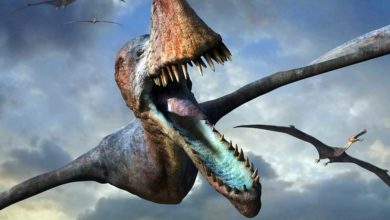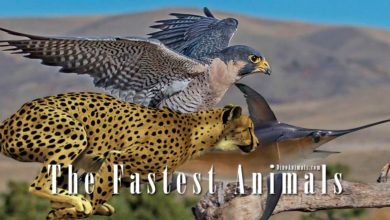Borzoi, Russian Hunting Sighthound
Due to its aristocratic appearance and hunting abilities, the Borzoi became a companion of the Russian aristocracy in the 19th century. Nowadays, Borzoi occupies an important position as a hunting and racing dog, but also as a pet. Although it is rather suitable for ambitious and experienced owners, it cannot be denied sensitivity and great intelligence, as well as great endurance and independence. Let’s get to know more details about the life of a Borzoi.
FCI classification
- Group 10 Sighthounds
- Section 1 Long-haired or fringed Sighthounds
- Without working trial
- Origin Russia
- Other names: Barzoï, Russian hunting sighthound, Russkaya psovaya borzaya
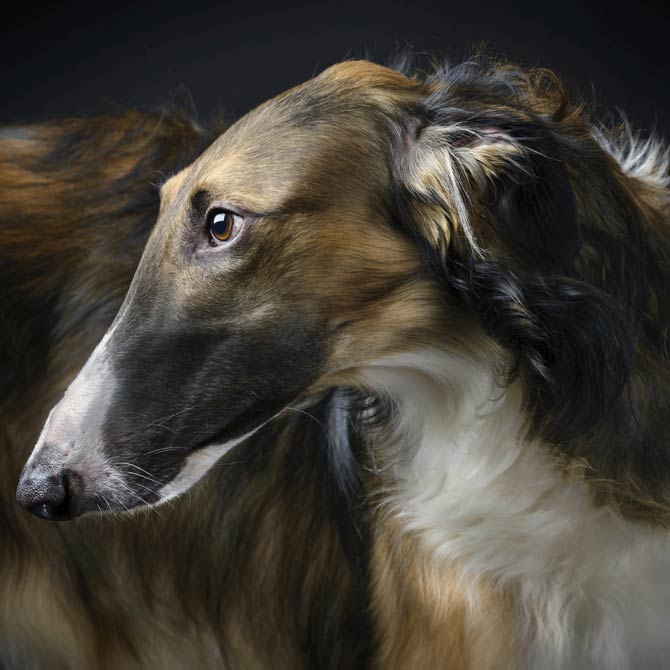
History and origin of the breed
Borzoi, also known as the Russian Greyhound, has old and deep roots. There are records of the hunting of several Mongol rulers (in the times of the thirteenth-century conqueror of Genghis Khan), who were accompanied by long-haired dogs in the type of greyhounds.
The Russian type of Borzoi is derived from several different types of dogs, including early Russian smooth-haired bearhounds, Tatar hounds, Russian Shepherds, and other old hunting breeds.
The first breed standard was written in 1650 and does not differ significantly from the modern version. In the nineteenth century, hunting with Borzoi became a national sport of the Russian aristocracy. In one hunting group, there could be over 100 dogs representing several breeding lines. The dogs were housed in groups of 3 (2 female and 1 male). When they saw a potential prey, such as a wolf, they chased it and then held it down until a hunter arrived to kill the prey.
Today, Borzois are highly valued for their beauty, intelligence and gentle nature, which make them wonderful human companions. In western countries, farmers use them to control the coyote population. This is due to the primal instincts of Borzois, which made them great hunters in the past.
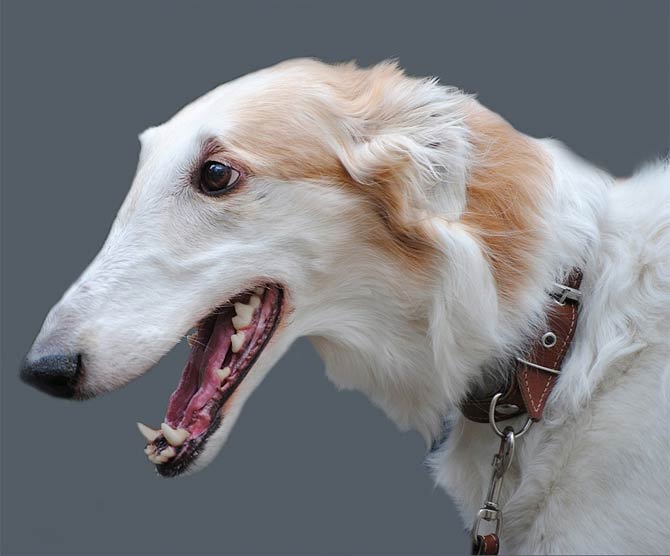
Characteristic
Appearance
The Russian Greyhound is a large dog, resembling Asian breeds such as the Kyrgyz Greyhound (Taigan/ Kyrgyz Taighany), Afghan Hound and Persian Greyhound (Saluki). Borzoi is described as a long-haired breed with various colors. Virtually any color combination is allowed, except for blue, chocolate and all variations of these colors. The dog may be solid-colored or have patches. Sometimes a mask is visible on the face, mainly in color varieties rich in so-called tarnish. The fur is long on the body, while the rump and shoulder blades have characteristic curls.
The coat is silky smooth and close-fitting, often wavy or slightly curled. The coat consists of two layers: a wavy top coat and a soft undercoat that thickens in winter and in cold climates. In summer, the thick undercoat is shed to avoid overheating. Males weigh approx. 45 kg (99 lb) and are approx. 76 cm (30 in) high at the withers, while females are approx. 68 cm (27 in).
Despite its size, the Borzoi is a dog full of charm, grace and strength. It is supported on tall, slim and muscular limbs. The silhouette is slender and elongated, the muzzle is narrow and long, but proportionate. Ears not too big, mobile and thin, located above the eyes, pointing backwards. If the dog is listening, the ears may be more raised and directed forward.
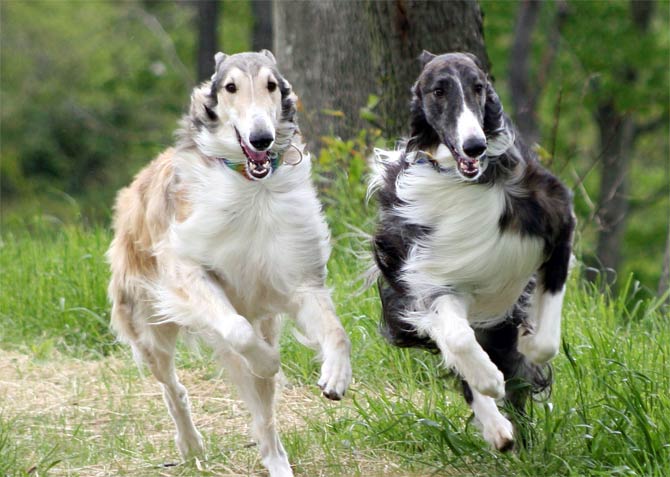
Temperament
Borzoi is classified as calm, but also active and independent. It barks extremely rarely, so it is a quiet animal. It does not exhibit territorial behavior, therefore it is not suitable as defense or guard dogs.
Since it is very intelligent, it requires a committed and experienced owner. Intelligence is also associated with gentleness and tenderness towards people, both adults and children. It usually does not show aggression, but this can happen if handled severely.
She keeps her distance from strangers, but loves her owners very much. Although it is not territorial, it likes to have its own peaceful space. Therefore, if you want to avoid nervousness in meeting with expansive children, the dog should be brought up with them from the puppy period. Large sizes do not interfere with its suburban life, if you provide it access to a spacious garden and free physical activity every day.
Borzoi, like all greyhounds, was bred for speed and endurance. Therefore, carefully select the walking areas where the dog can be unleashed. Due to its independence, it can move very far from the owner, so avoid areas adjacent to roads or highways.
Despite hunting instincts, the Borzoi can live in harmony with smaller animals (e.g. cats), provided that they are raised with them from puppy age. Some animals, however, have such a strong instinct that they will chase cats that move quickly. In Borzois, primary hunting responses are triggered by movement, so therefore depend on the behavior of smaller animals.
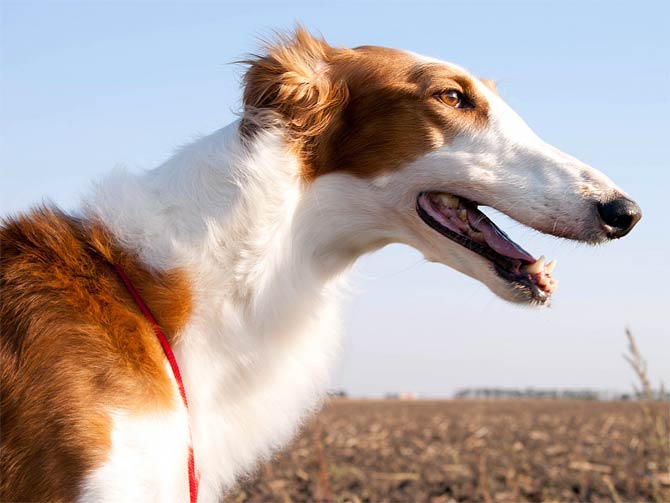
Health condition
Borzoi, as one of the breeds with a deep chest, often suffers from the gastric twist. It is a life-threatening condition related mainly to anatomy, not a genetic record. To minimize the likelihood of this disease, it is recommended that your dog’s bowl is placed at a certain height while eating. However, other studies suggest that such actions even increase the risk of stomach torsion.
Currently, it is assumed that accelerating the growth process through certain specialized feeds is dangerous to the health of Borzoi. This may lead to disorders in skeletal development, which may result in later injuries. The anatomy of the breed is designed for a rush, therefore the Russian Greyhound does not have large reserves of fat. It, therefore, has different physiology than dogs of similar size, such as Newfoundlands, St. Bernard dogs, and Alaskan Malamutes. It is possible, therefore, that the diet developed by specialists for “giant” breeds does not take into account the predispositions of such “misfits” as Borzoi.
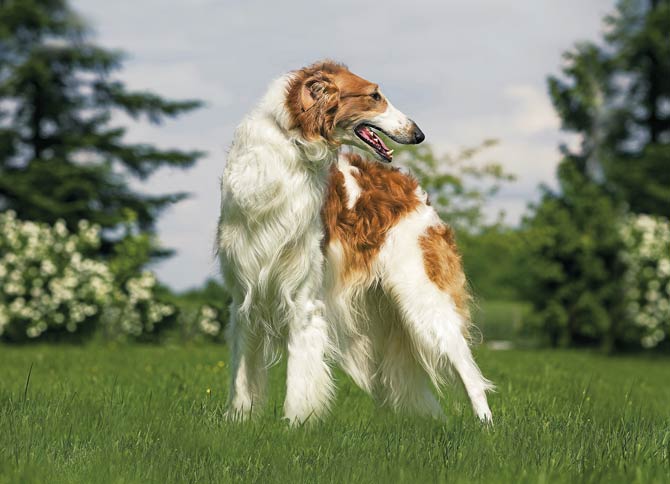
Detailed data and dimensions (size)
Borzoi, Russian Hunting Sighthound
- Height at the withers:
- males: 75–85 cm (30–33 in)
- females: 68–78 cm (27–31 in)
- Weight:
- males: 34-48 kg (75–105 lb)
- females: 25-41 kg (55–90 lb)
- Lifespan: 10-12 years / median 9 years
- the oldest Borzoi survived to 14 years and 3 months according to the British Small Animal Veterinary Association Scientific Committee studies
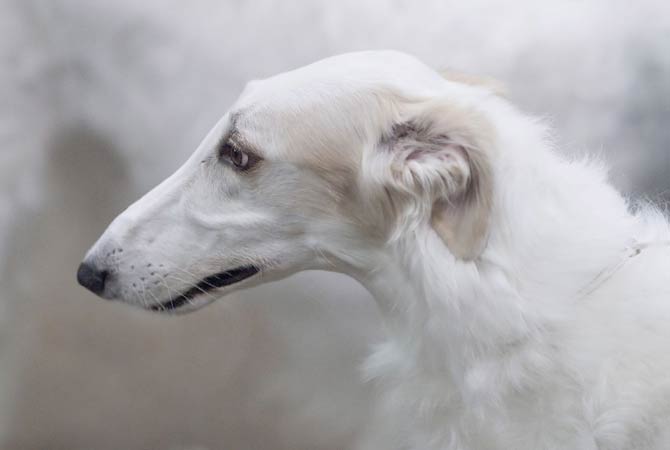
Russian Greyhound, Borzoi – interesting facts
- Borzoi comes from the Russian word meaning “fast”.
- A close relative of the Borzoi is Chortaj (Chortai) – a dog from the Russian Greyhound group, not recognized by the FCI.
- Greyhounds are generally considered not very intelligent dogs. The reason for this is the reluctance to follow orders. According to Stanley Coren, who tested greyhounds for obedience, Borzoi obeyed the first command less than 25% of the time. However, this behavior is not related to a low level of intelligence, but to a high level of independence. Coren himself admitted that his canine intelligence tests are clearly directed towards obedience. It is therefore not an oracle when it comes to judging the intellect of dogs.
- There are specific behaviors within the breed when playing with other dogs. Both puppies and adult dogs grab a brother / friend by the neck and hold it motionless. At first glance, this strange behavior is not tinged with aggression or a struggle for domination. It is one of the hunting behavior.
- A Borzoi character named Boris appears in the 1955 animated film from Disney’s “Lady and the Tramp”
- In the novel “War and Peace”, Leo Tolstoy included an extensive description of a wolf hunt involving Borzois.




